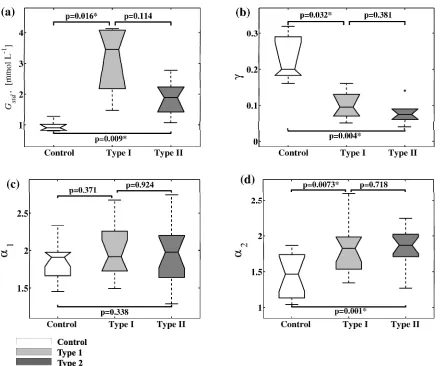Characterisation of linear predictability and non stationarity of subcutaneous glucose profiles
Full text
Figure




Related documents
An institutional theory is considered relevant in this study because it illustrates how socio-cultural challenges from the perspective of regulatory, normative and cognitive
To obtain antibodies with which to study MSP-7 biosynthesis, GST-fusion proteins were produced using bacterial expression systems, and used to immunise mice,
The speculative role of phototherapy as an external trigger for this drug- related adverse event should be confirmed in other cases by thorough study of the serotonin
An ideal external reporting system would have the fol- lowing core features 2 : centralized collection, colla- tion, and expert analysis of reports of errors, near- misses
Concern Worldwide Bangladesh engaged a review team to conduct the final evaluation of the five-year (Oct-Sept 2009) Municipal Health Partnership Program (MHPP) in seven
This paper has attempted an empirical investigation of how Armstrong (2012) tested the International Arbitrage Pricing Theory proposition that home currency movements affect the
The symbolic representation of the negative ternary inverter (NTI), positive ternary inverter (PTI) and standard ternary inverter (STI) is shown in fig.1.The three
For this reason our cost bene- fit analysis, comparing the potential costs of Lamivudine prophylaxis in 48 HBcAb positive HBsAg negative pa- tients treated with rituximab, and the